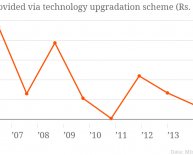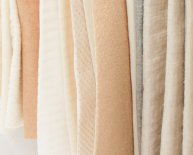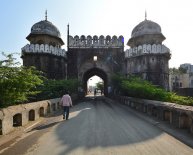
Introduction of textile industry in India
Its vast potential for creation of employment opportunities in theagriculture, industrial, organized and decentralized sectors & rural and urbanareas, particularly for women and the disadvantaged are noteworthy.Although the development of textile sectore was earlier taking place interms of general policies in recognition of the importance of this sector, for thefirst time a separate policy statement was made in 1985 in regard todevelopment of textile sector.
The textile policy of 2000 aims at achievingthe target of textile and apparel exports of US $50 billion by 2010 of which the share of garments will be US $25 billion. The main market forIndian textile and apparel are USA, UAE, UK, Germany, France, Italy, Russia, Canada. Bangladesh, Japan.
The main objective of the textile policy 2000 is to provide cloth of acceptable quality at reasonable price for the vast majority of the population of the country, to increasingly contribute to the provision of sustainableemployment and the economic growth of the nation; and to compete withconfidence for an increasing share of the global market.
-:Animal Sources Fibers:-WOOL
Sheep are the primary source of wool in military textile. Wool consistsmainly of a protein called keratin. This is made up of amino acids. Keratincontains 3 ² 4 % sulfur which is an insect attractant. Wool fibers absorb moremoisture and accept dyes better than vegetable fibers. Wool is not a strongfiber and weakens considerably when wet.
SILK
Silk is an animal (insect) fiber that is derived from the cocoon filamentof the silkworm (Bombay mori). Because it is basically protein, silk is easily

















